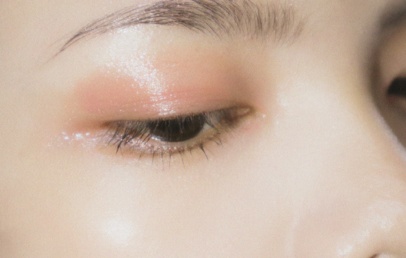
Strawberry legs, while not a medical concern, can cause self-consciousness for those affected. The accumulation of dead skin cells, bacteria, and oil can lead to clogged pores and the appearance of these dark spots, making the skin on the legs look dotted or speckled, akin to the surface of a strawberry. Shaving, especially with a dull razor or without proper exfoliation, is a common culprit, causing irritation and leading to this condition. Additionally, genetics, certain skin conditions, and even hormonal fluctuations can contribute to this issue.
To tackle this, several strategies can be adopted. First, adjusting shaving techniques can make a notable difference. Using a sharp razor and shaving in the direction of hair growth, along with regular exfoliation before shaving, can reduce irritation and minimize the likelihood of developing strawberry legs. While various remedies exist, incorporating certain chemicals into your skincare routine can significantly aid in reducing strawberry legs and promoting healthier skin. The ingredients listed below help unclog pores, remove dead skin cells, and smoothen the skin’s surface, diminishing the appearance of those dark spots.
Salicylic Acid
Salicylic acid, a beta-hydroxy acid (BHA), is renowned for its ability to exfoliate the skin and unclog pores. It works by breaking down the bonds between dead skin cells, allowing them to be easily sloughed off. This chemical is particularly effective in treating strawberry legs as it penetrates deep into the hair follicles, dissolving excess oil and debris. Regular use of salicylic acid can help prevent ingrown hairs and reduce the appearance of dark spots, leaving your legs looking smoother and more radiant.
Glycolic Acid
As an alpha-hydroxy acid (AHA), glycolic acid is another powerhouse in the battle against strawberry legs. Derived from sugarcane, this chemical exfoliates the skin’s surface by loosening the bonds between dead skin cells. Glycolic acid promotes cell turnover, revealing fresh, new skin and preventing the build-up of debris in hair follicles. Incorporating glycolic acid into your skincare routine can help fade dark spots and improve the overall texture of your legs.
Niacinamide
Niacinamide, also known as vitamin B3, is a versatile ingredient that offers numerous benefits for the skin. This antioxidant helps reduce inflammation, regulates sebum production, and enhances the skin barrier function. By incorporating niacinamide into your skincare routine, you can promote healthier skin, reduce redness, and improve the appearance of strawberry legs. Additionally, niacinamide can help fade hyperpigmentation, giving your legs a more even tone.
Retinoids
Retinoids, derivatives of vitamin A, are renowned for their ability to boost collagen production and promote cell turnover. Regular use of retinoids can help prevent and treat strawberry legs by stimulating the formation of new, healthy skin cells. Furthermore, retinoids can unclog pores, reduce the appearance of dark spots, and enhance overall skin texture. It’s essential to start with a lower concentration and gradually increase to avoid potential irritation.
Witch Hazel
Witch hazel is a natural astringent derived from the leaves and bark of the witch hazel plant. It is known for its anti-inflammatory and antimicrobial properties, making it a valuable addition to a skincare routine targeting strawberry legs. Witch hazel helps soothe irritated skin, reduce redness, and minimize the risk of infection in hair follicles. Incorporating witch hazel into your post-shaving or exfoliating routine can contribute to the overall health and appearance of your legs.
Achieving smooth, blemish-free legs is not an unattainable dream. By incorporating these five essential chemicals – salicylic acid, glycolic acid, niacinamide, retinoids, and witch hazel – into your skincare routine, you can effectively combat strawberry legs and unveil the radiant skin you desire. Remember to start with lower concentrations, patch-test new products, and be consistent in your routine to see the best results. While these measures can be effective, it’s essential to be patient as results might take time to become noticeable. Consistency in skincare routines and being mindful of the products used on the skin are key to achieving smoother, healthier-looking legs and reducing the appearance of strawberry legs. Consulting a dermatologist can also provide personalized advice and recommendations tailored to individual skin types and conditions.




